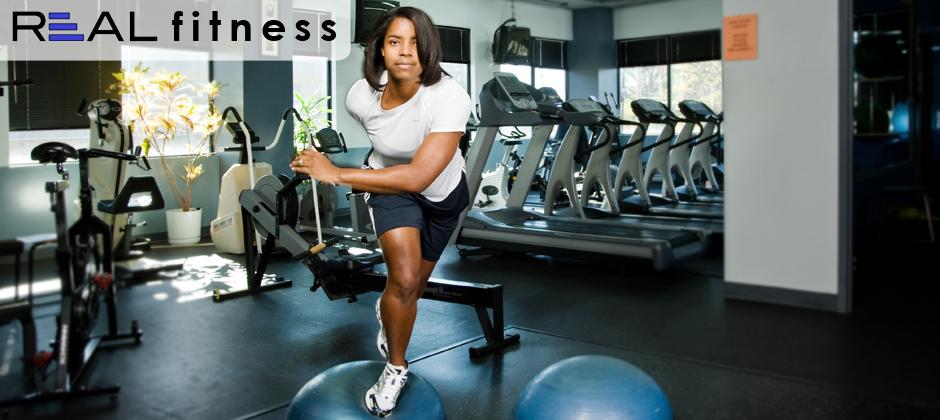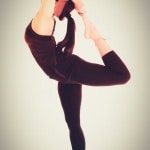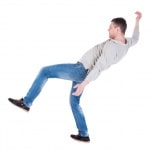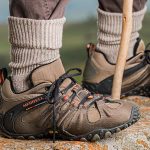 Dear blog-readers:
Dear blog-readers:
It’s full blown winter now, esp in the high country. That means ski season is up and running. It also means for those who don’t live up there that that annual visit portends great risk, esp as the years pass and the body rusts.
Here’s an article that reviews the myths of ski injuries. some will shock you; some you may already know; and some will relieve your anxieties. all, however, point to the same three elements of ski safety that have always existed: proper equipment, proper training, and proper conditioning. and the latter is my brief topic today.
How to condition against ski injuries is a three-sided coin, if there were such a thing. first, endurance – most non-altitude livers will feel tired those first several days up high, esp with trying to get in as many runs as possible before you run out of time for your vacation. So build endurance – cardiovascular and muscular. The cardio is easy – but don’t expect it to acclimate you to altitude. Even superbly fit runners will experience the low oxygen of hi altitude, and some may even get so sick as to have to retreat to lower levels for a couple days. Muscle endurance is more about reps and time – like isometric wall sits – than how heavy a squat you can do. So do reps….
Second is hamstring function, not just strength. why hams? They protect the knee against ACL injuries. here’s where squats, lunges, dead lifts, one leg squats, and what I call “norwegians” – kneel with feet firmly braced under the bed, dumbbell rack, or someone’s hands; with the body in perfect alignment, tip forward SLOWLY from the knees til you feel the hams catch; come back up before you cramp…or tear a muscle. add reps, not distance of tilt. This is one of the few exercises studied that has proven itself valuable in reducing athletic ACL tears, and maybe even hamstring tears.
Finally proprioception – what some call joint position sense. Here’s where balance drills – not on a ball but on the ground, or balance boards, foam rollers, or Bosu’s – can make a difference. They teach the body to stabilize the lower extremity joints. It’s best if you can do these with movements, like squats and lunges, but even semi-static will help…in theory. There are many ways to include these into a regimen but for now, gradually progress from two to one leg on any drills where you’re standing- even biceps curls or lateral raises.
So read the article and have fun, safe fun, this ski season:















